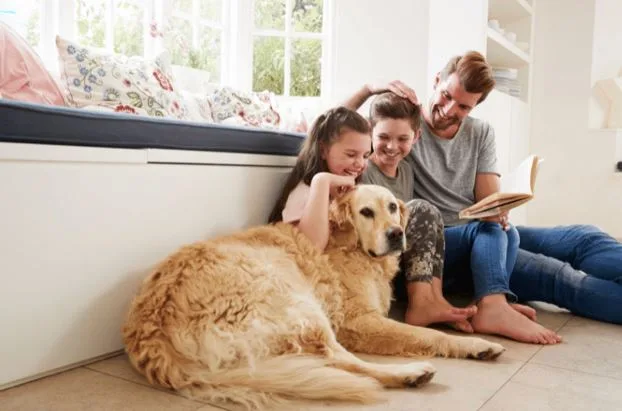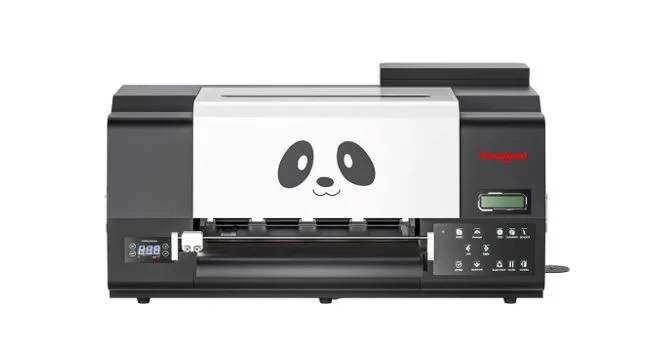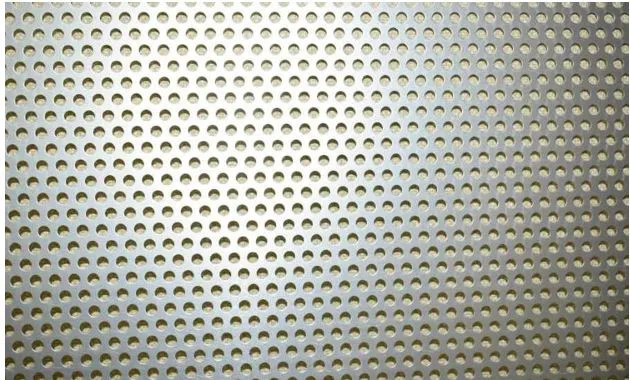Designing a Pet-Friendly Home That Reflects Your Lifestyle Aesthetic
Our homes are a reflection of who we are. They tell stories of our passions, our personalities, and the people (and pets) who share our lives. For pet owners, creating a home that’s as welcoming for furry companions as it is stylish for human guests isn’t just a goal, it’s a way of life.
The good news is that your interior design choices don’t need to come at the cost of functionality or cleanliness. With a few intentional decisions, you can design a home that feels curated, lived-in, and unmistakably yours, while still being perfectly pet-friendly.
Start With Durable, Stylish Flooring
The foundation of a pet-friendly home begins at ground level. Pets spend a lot of time on the floor, so choosing a surface that stands up to paws, claws, and occasional accidents is crucial. Hardwood floors may look gorgeous, but they can scratch easily. Instead, consider luxury vinyl, sealed concrete, or tile. These materials offer durability and are easier to clean without sacrificing style.
For added warmth, layer in washable area rugs. Opt for patterns or darker hues that can camouflage minor messes. Brands now offer pet-specific rugs that are stain-resistant and machine washable, blending seamlessly into your aesthetic without shouting “dog rug.”
Choose Fabrics That Work Hard
When it comes to furniture, consider fabrics that are both tough and trendy. Leather is a top choice for pet owners: it’s easy to wipe clean and doesn’t trap fur. If leather isn’t your style, look for tightly woven textiles like microfiber or performance fabrics that resist stains and fur.
For a cohesive look, coordinate your pet’s accessories with your home’s color palette. A thoughtfully selected dog bed or blanket can act as an accent piece rather than an afterthought. It’s the small details like these that help your pet’s items feel like part of your overall design.
Create Designated Pet Zones
Designing pet-specific spaces gives your animals a sense of belonging while keeping your home organized. If you have the square footage, dedicate a nook or corner as your pet’s “den.” This might be under a staircase, in a mudroom, or beside a window where your cat can sunbathe.
Customize these zones to match your decor. For example, a raised wooden platform with a cushion upholstered in your living room’s fabric can become a chic dog bed that blends into your space. Built-in feeding stations, complete with a drawer for food storage, can streamline mealtime and reduce clutter.
Style With Function in Mind
Storage solutions are essential for keeping pet-related items out of sight but within easy reach. Decorative baskets, stylish cabinets, or wall-mounted hooks can corral leashes, toys, and grooming tools. Even your entryway can work harder for you with a bench that opens to reveal hidden pet supplies.
Look for furniture that serves dual purposes. An ottoman that opens up to store toys or a sleek side table that conceals a litter box are great examples. Modern pet furniture has come a long way, with pieces that double as decor and utility.
Incorporate Pet-Friendly Plants
Greenery can transform a space, but not all houseplants are safe for pets. Incorporate non-toxic options like spider plants, Boston ferns, or areca palms to maintain a vibrant, natural feel without putting your pets at risk. Elevate smaller plants on shelves or in hanging planters to keep them out of curious paws’ reach.
To keep everything visually cohesive, use planters that reflect your home’s design style, think woven baskets for a boho vibe, or sleek ceramics for something more minimalist.
Embrace a Harmonized Color Palette
You don’t need to sacrifice aesthetics to make your home pet-friendly. One of the simplest ways to marry design with functionality is by choosing a color palette that complements your pet’s fur. This trick helps camouflage shedding between cleanings.
If you have a golden retriever, warm tones like tan and cream work beautifully. For a black cat, deeper shades like charcoal or navy can help minimize visible hair. It’s a subtle design decision that pays off in day-to-day life.
Incorporate Natural Elements
Natural textures like jute, rattan, wood, and linen create a cozy and relaxed environment that feels lived-in and welcoming. They also tend to wear gracefully, which is ideal for homes with pets. For example, a woven jute rug can handle daily wear and tear while adding warmth and texture.
Wooden crates or vintage baskets can double as toy storage or make-shift pet beds, offering rustic charm and practicality. These organic touches help balance out sleek, modern designs and bring a sense of serenity to your space.
Keep Cleanliness in Mind
Maintaining a clean home when pets are involved is an ongoing effort, but with the right design choices, it becomes much more manageable. Opt for slipcovers on sofas to make cleaning easier. Keep lint rollers or handheld vacuums in key areas. And don’t underestimate the power of a well-placed mat by the door to catch dirt before it travels further inside.
It’s also worth considering your pet’s diet. The healthier the food, the fewer digestive issues you’re likely to face. High-quality options like lamb dog food can support better digestion, which means fewer messes for you to clean up later.
Personalize With Pet-Inspired Decor
Let your pet’s personality shine in your home. Custom pet portraits, paw-print tiles, or even a chic leash holder shaped like a bone can make your space feel uniquely yours. Incorporating these touches not only adds character but also celebrates the bond you share with your pet.
You can also match your pet’s accessories with your personal style. Swap out generic bowls for ceramic ones in your favorite color. Choose collars or leashes that reflect your fashion sense. These personalized details make your home feel considered and cohesive.
Make Safety a Priority
Style and safety should go hand-in-hand. Secure heavy furniture to the wall to prevent tipping. Use baby gates (now available in sleek finishes like black metal or whitewashed wood) to block off unsafe areas. Hide cords and chargers, and choose pet-safe cleaning products to maintain a healthy environment for all.
It’s also wise to check window treatments. Opt for cordless blinds or secure cords high out of reach to prevent accidental entanglements.
Conclusion
Designing a pet-friendly home doesn’t mean compromising on style. By choosing smart materials, incorporating multi-functional furniture, and celebrating your pet in the decor, you can create a space that works for everyone in your household. With thoughtful planning, your home can be both a design-forward sanctuary and a safe, happy haven for your pet. After all, our homes are where we build a life with the ones we love, paws and all.




